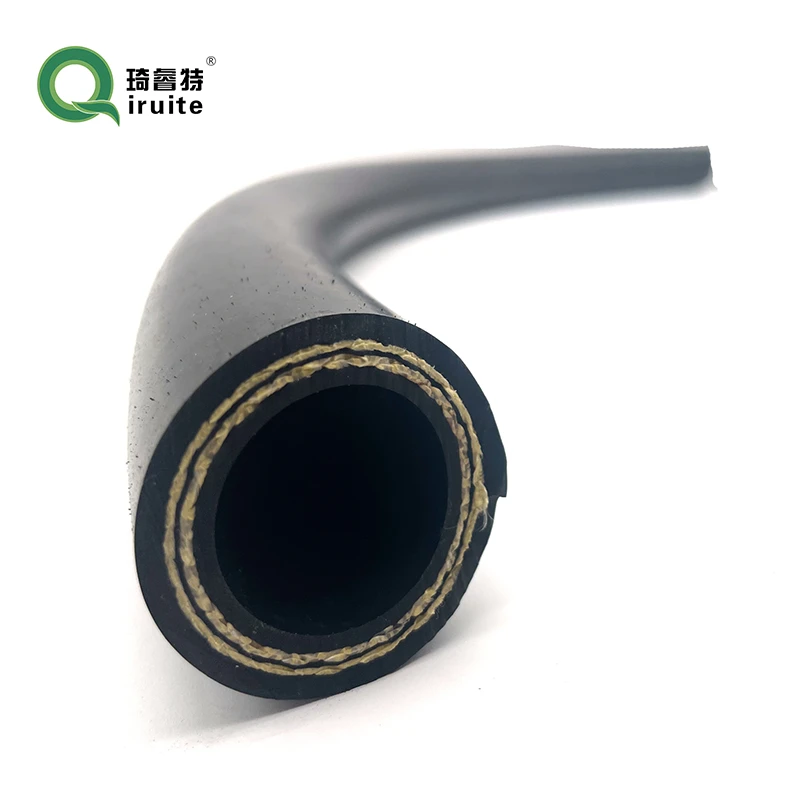air con pipe sizes
Understanding Air Conditioning Pipe Sizes
Air conditioning systems are vital for maintaining comfort in residential and commercial spaces. One critical aspect of these systems is the piping involved in refrigerant circulation. Proper sizing of air conditioning pipes is essential for the efficiency and effectiveness of cooling systems. In this article, we'll explore why pipe size matters, factors influencing size selection, and commonly used sizes in HVAC applications.
The Importance of Pipe Sizing
The size of pipes in an air conditioning system directly impacts its performance. If the pipes are too small, the system may experience reduced refrigerant flow, leading to insufficient cooling and increased energy consumption. Conversely, oversized pipes can result in low refrigerant velocity, which can cause the refrigerant to not properly evaporate or condense, leading to poor system performance.
Factors Influencing Pipe Size Selection
Several factors influence the appropriate sizing of air conditioning pipes
1. System Capacity The cooling capacity of the air conditioning system, usually measured in BTUs (British Thermal Units), plays a significant role in determining pipe size. Larger systems require larger pipes to accommodate increased refrigerant flow.
2. Distance Between Components The length of the refrigerant lines between the indoor and outdoor units also affects the required pipe size. Longer distances often require larger pipes to minimize pressure drops and ensure efficient refrigerant flow.
air con pipe sizes

3. Type of Refrigerant Different refrigerants have varying properties that influence pipe sizing. For example, R-410A has different flow characteristics compared to R-22. Understanding these properties is crucial for optimal sizing.
4. Installation Environment The environment where the system is installed can also dictate pipe size. For instance, installations in extremely hot or humid climates may require adjustments in sizing to optimize performance.
5. Regulatory Guidelines Local building codes and industry standards may set specific requirements for pipe sizes in HVAC systems. It's essential to consult these regulations during the planning and installation phases.
Common Pipe Sizes
In practice, air conditioning systems typically use copper or aluminum for refrigerant lines, with common sizes ranging from 1/4 inch to 1 inch in diameter. For residential systems, the two most commonly used sizes are 3/8 inch and 1/2 inch for the liquid line, and 5/8 inch or 7/8 inch for the suction line. Commercial systems may utilize larger sizes based on their capacity and requirements.
Conclusion
Selecting the right pipe size for air conditioning systems is crucial for ensuring optimal performance and energy efficiency. By considering factors such as system capacity, distance, refrigerant type, and local regulations, HVAC professionals can make informed decisions regarding pipe sizing. Adequate planning can lead to a more efficient, cost-effective cooling system, ultimately enhancing comfort and reducing energy costs for users. Whether you are an HVAC technician or a homeowner looking to install a new system, understanding air conditioning pipe sizes is a key component of achieving desired cooling outcomes.
-
Ultimate Spiral Protection for Hoses & CablesNewsJun.26,2025
-
The Ultimate Quick-Connect Solutions for Every NeedNewsJun.26,2025
-
SAE J1401 Brake Hose: Reliable Choice for Safe BrakingNewsJun.26,2025
-
Reliable J2064 A/C Hoses for Real-World Cooling NeedsNewsJun.26,2025
-
Heavy-Duty Sewer Jetting Hoses Built to LastNewsJun.26,2025
-
Fix Power Steering Tube Leaks Fast – Durable & Affordable SolutionNewsJun.26,2025

